When working on your homestead, it’s important to be aware of plants that can cause skin irritation. Knowing how to identify and avoid these plants can save you from uncomfortable rashes and itching.
1. Poison Ivy

Poison ivy is a common culprit of skin irritation, causing an itchy, blistering rash. The plant contains an oil called urushiol, which triggers the allergic reaction in many people. Look for leaves in clusters of three with a glossy appearance. Source
2. Poison Oak
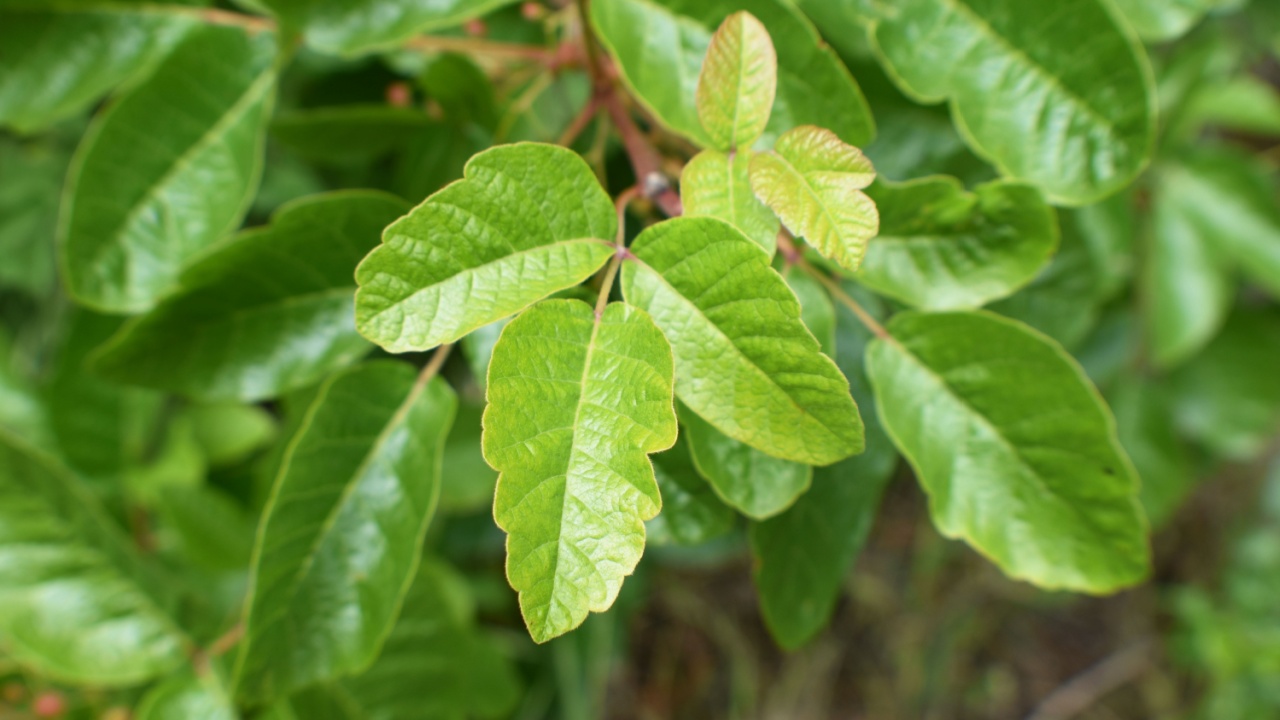
Similar to poison ivy, poison oak contains the same irritating oil, urushiol. It can cause a red, itchy rash with blisters. Poison oak leaves resemble oak leaves and grow in clusters of three. Source
3. Poison Sumac

Poison sumac is another plant that contains urushiol, causing skin irritation. It grows as a shrub or small tree, often in wet areas. The leaves are arranged in pairs with a single leaf at the end. Source
4. Wood Nettle
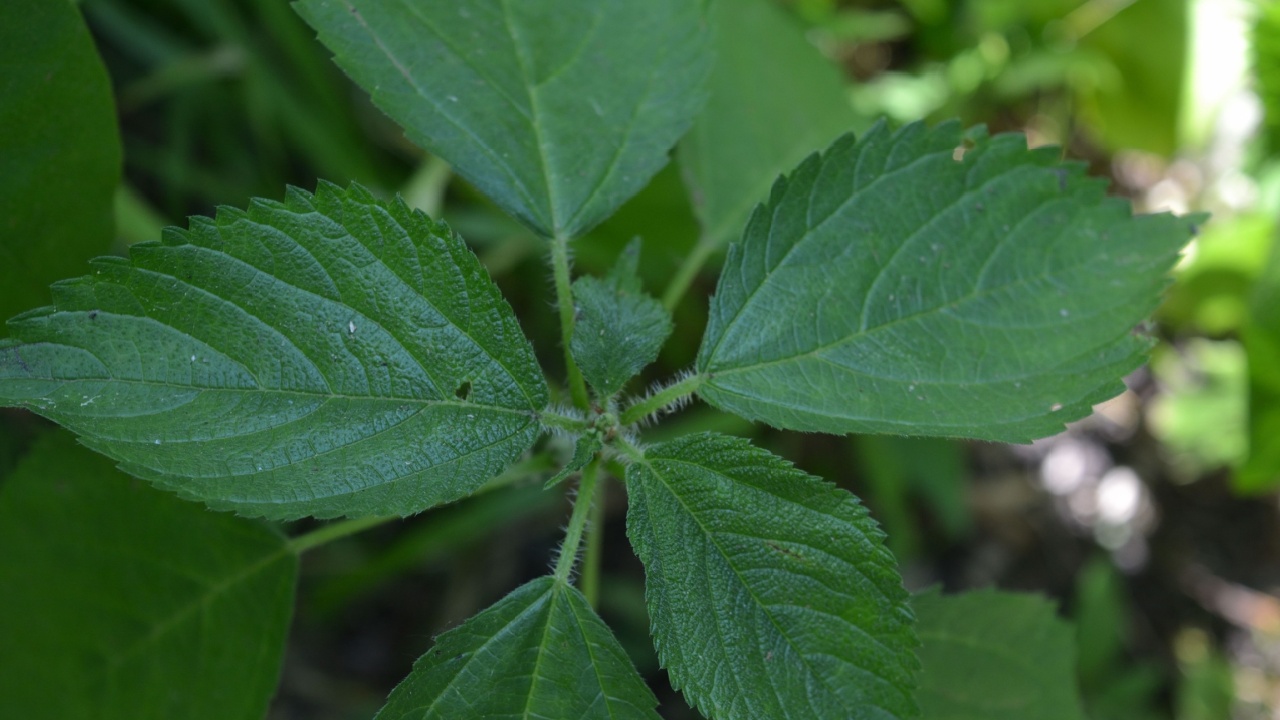
Wood nettle, also known as stinging nettle, has small hairs on its leaves and stems that contain formic acid. When touched, these hairs can cause a burning, stinging sensation and a rash. Source
5. Giant Hogweed
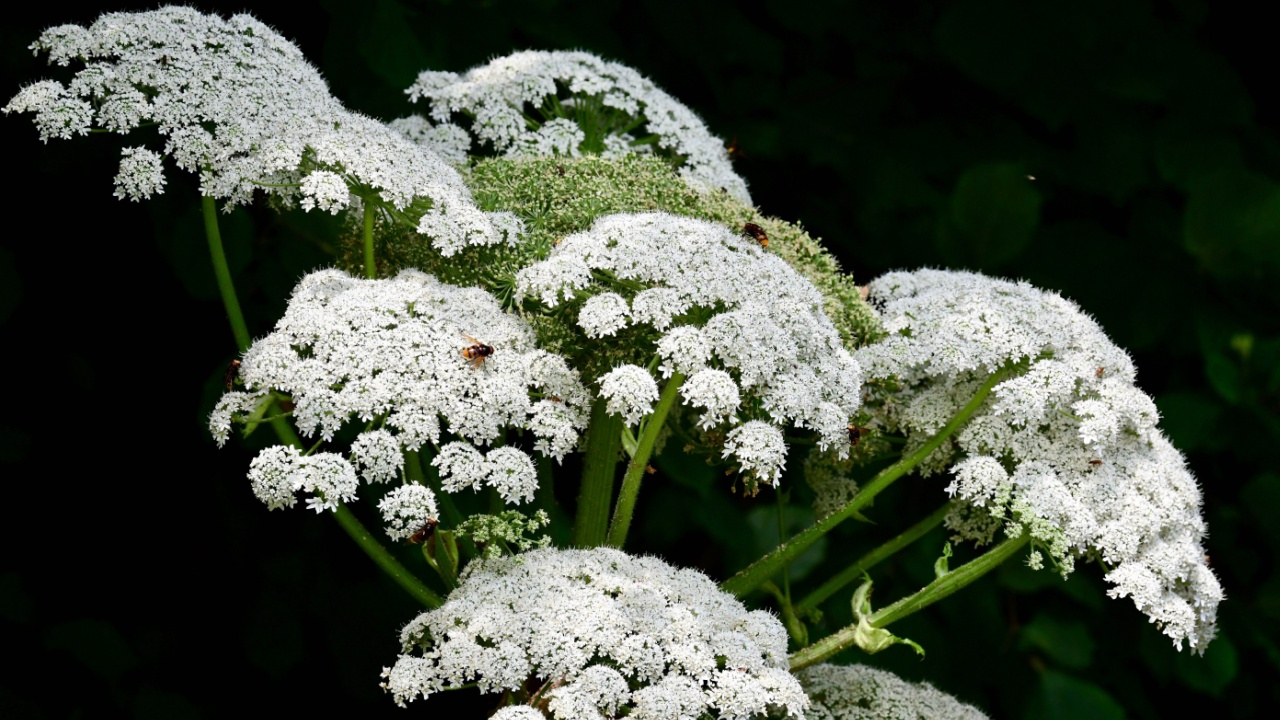
Giant hogweed is a large, invasive plant that can cause severe skin irritation. Its sap contains chemicals that make the skin sensitive to sunlight, leading to blisters, burns, and even scarring. Source
6. Leadwort

Leadwort, or red root, can cause skin irritation in some people. The plant has small, blue flowers and dark green leaves. It’s often found in rocky areas or along roadsides. Source
7. Ragweed
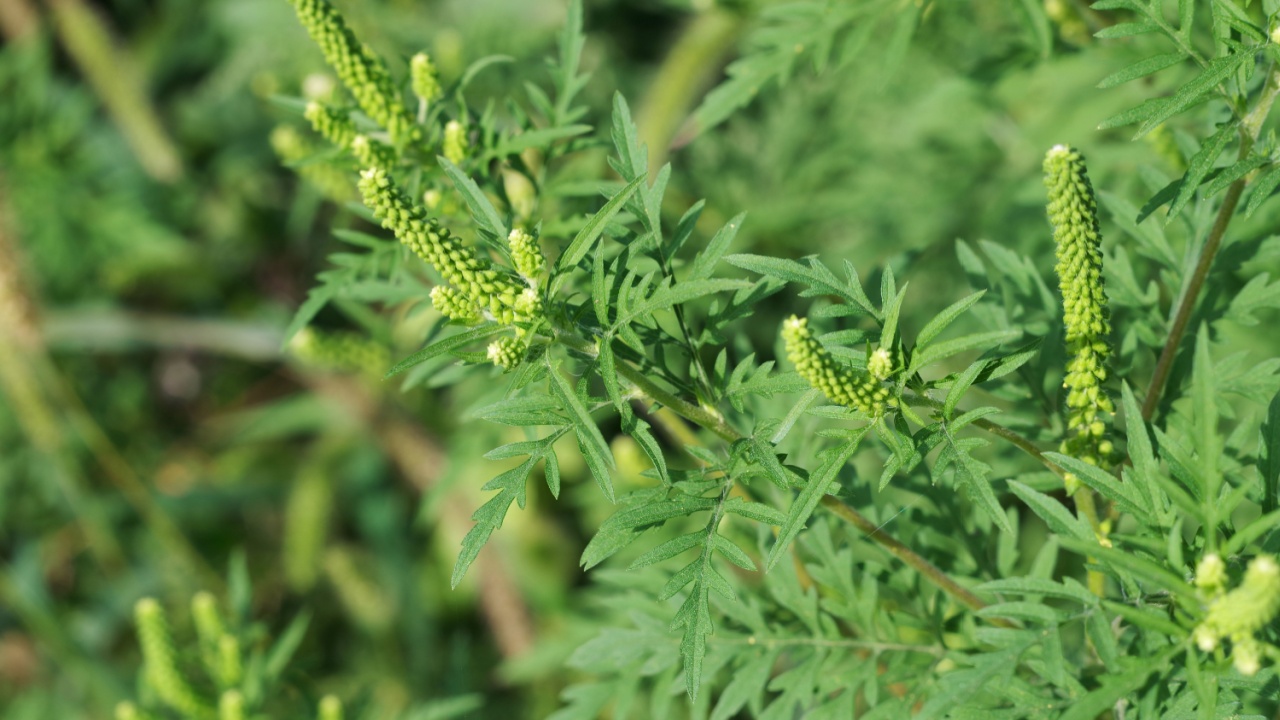
Ragweed is known for causing hay fever, but it can also irritate the skin. The plant has fern-like leaves and small, greenish flowers. It’s commonly found in fields and along roadsides.
8. Rue
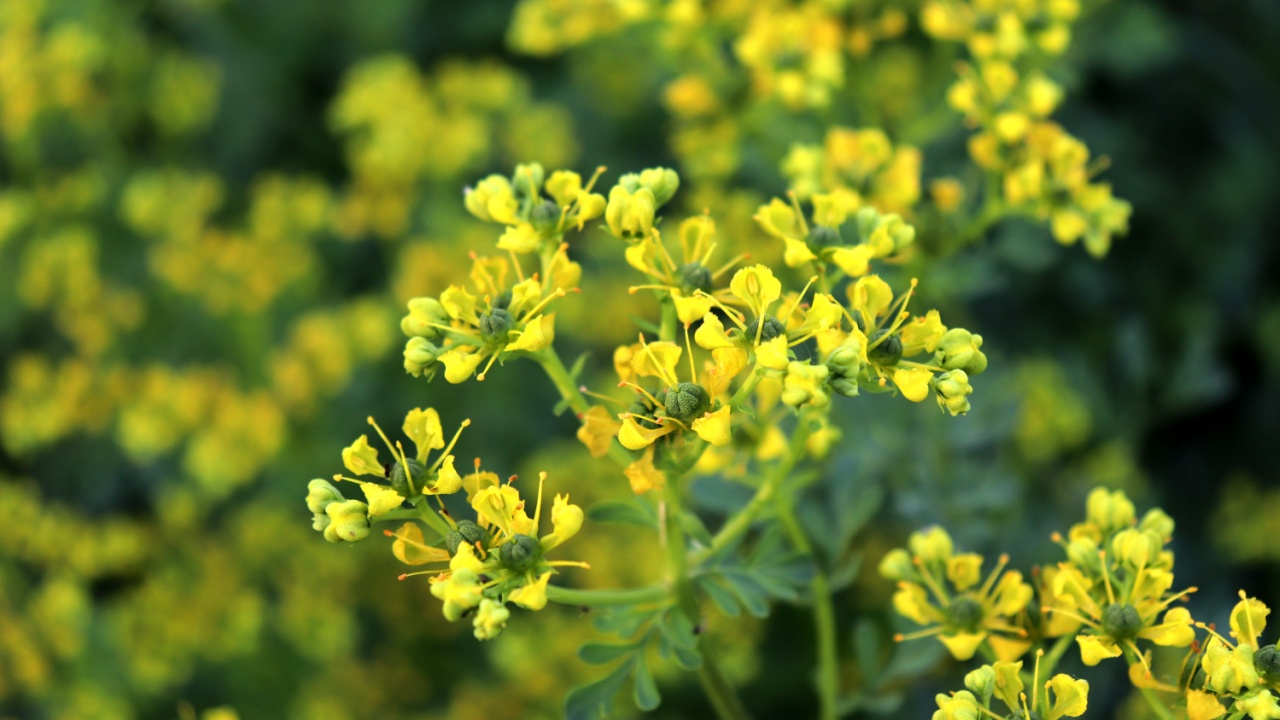
Rue is an herb with bluish-green leaves that can cause skin irritation when touched. The plant contains furocoumarins, which can make the skin more sensitive to sunlight, leading to blisters and rashes.
9. Queen Anne’s Lace

Also known as wild carrot, Queen Anne’s lace can cause skin irritation in some people. The plant has lacy, white flower heads and can be found in fields and along roadsides.
10. Wild Parsnip
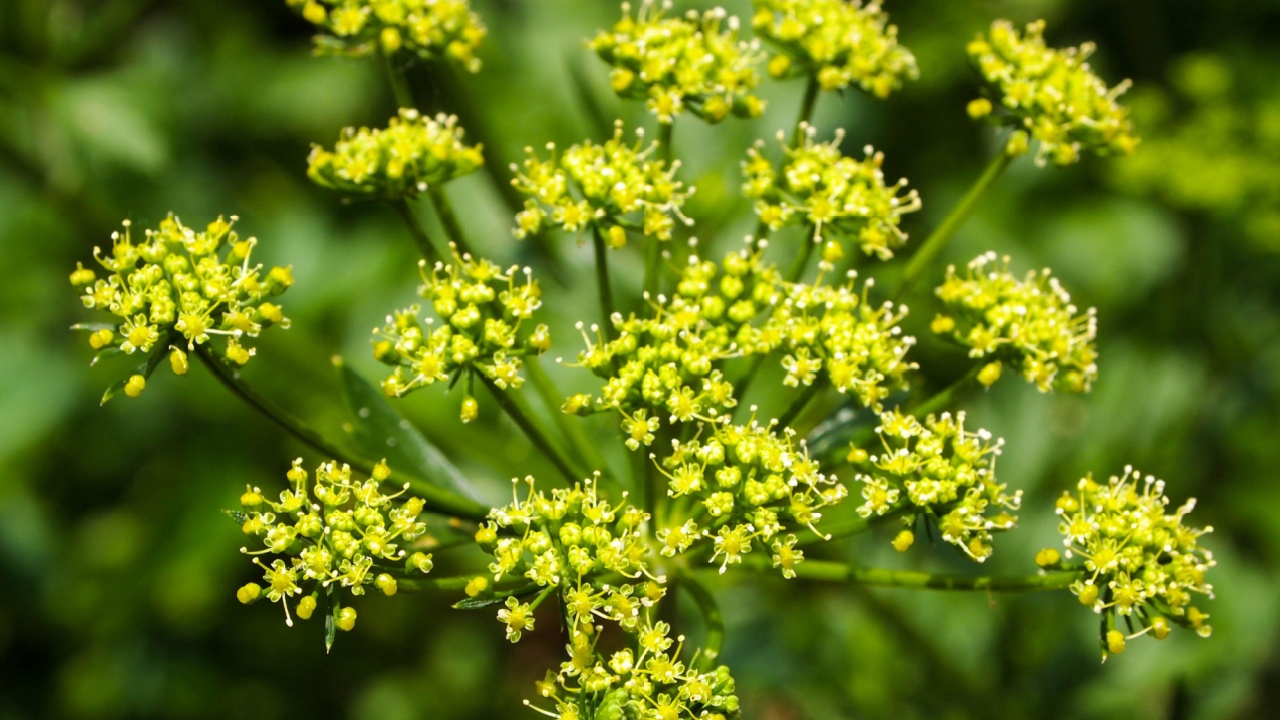
Wild parsnip contains chemicals called psoralens, which can make the skin more sensitive to sunlight. Contact with the plant followed by exposure to UV light can lead to painful blisters and rashes.
11. Cow Parsnip
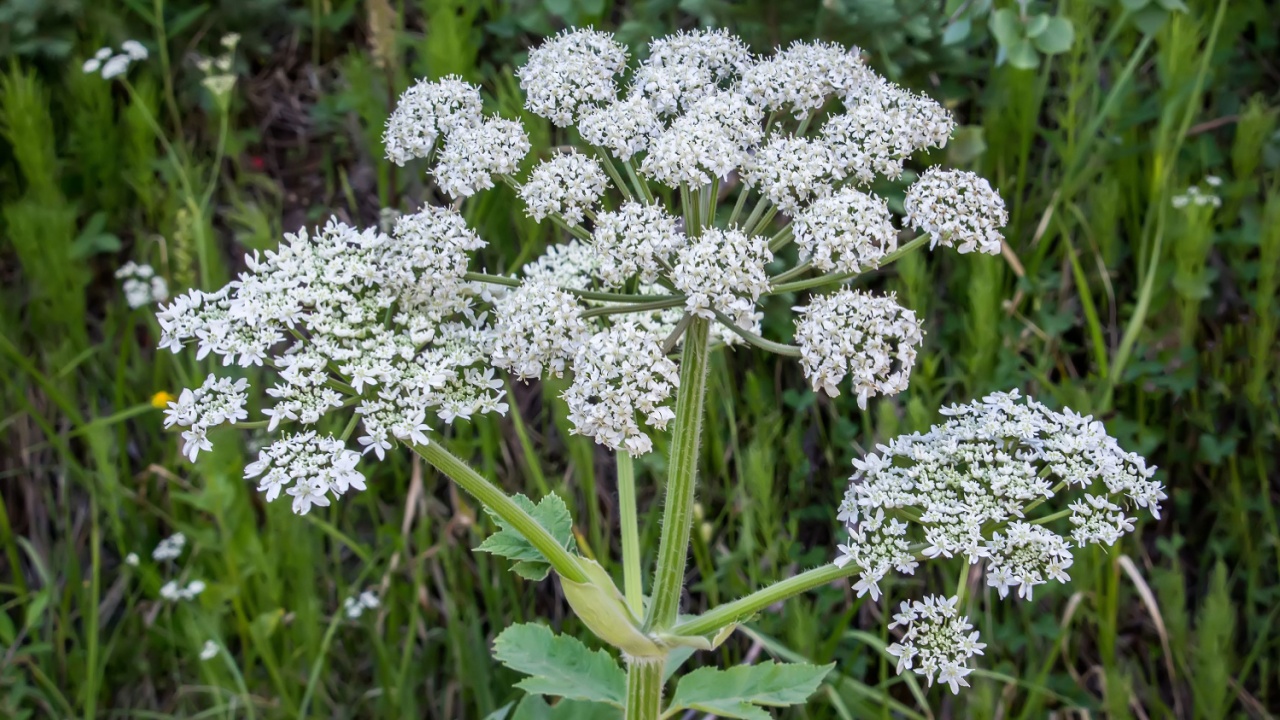
Cow parsnip, a relative of giant hogweed, can also cause skin irritation. The plant has large, broad leaves and white flower clusters. Its sap contains chemicals that can make the skin sensitive to sunlight.
12. Buttercups
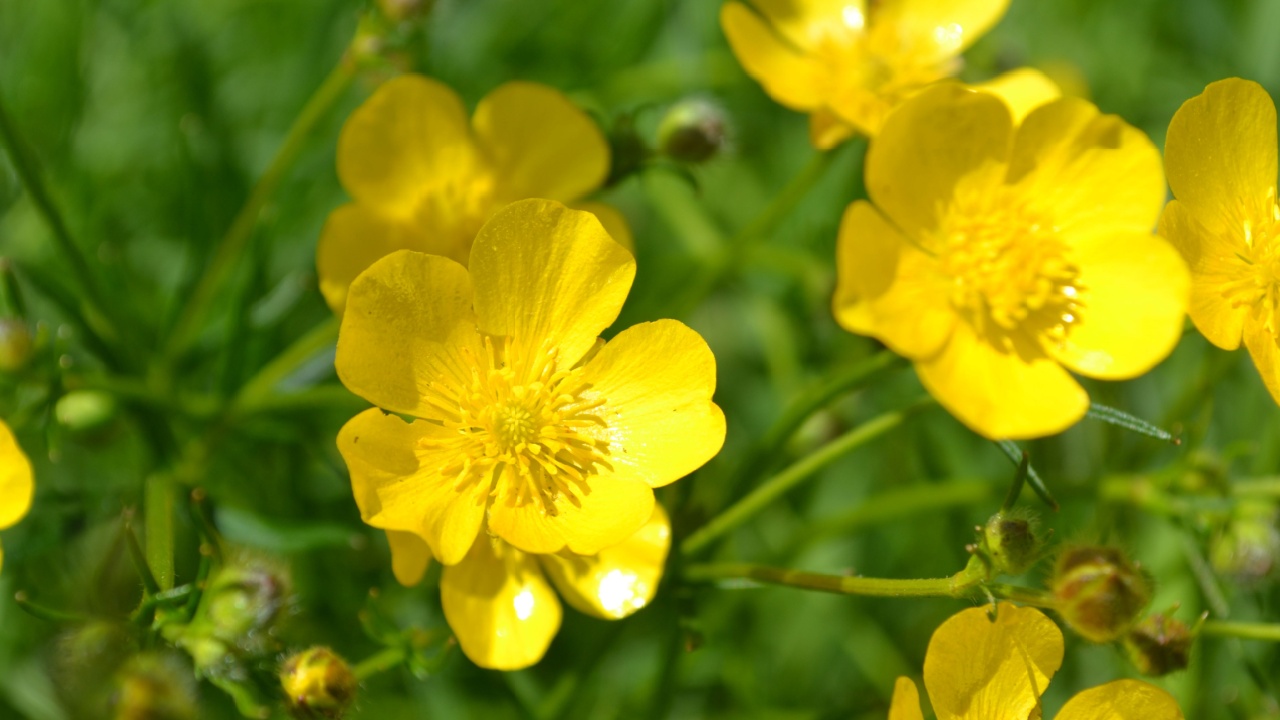
Some species of buttercups contain a substance called protoanemonin, which can cause skin irritation and blistering. The irritation is typically mild and short-lived, but it’s still best to avoid contact with these plants.
13. Spurge
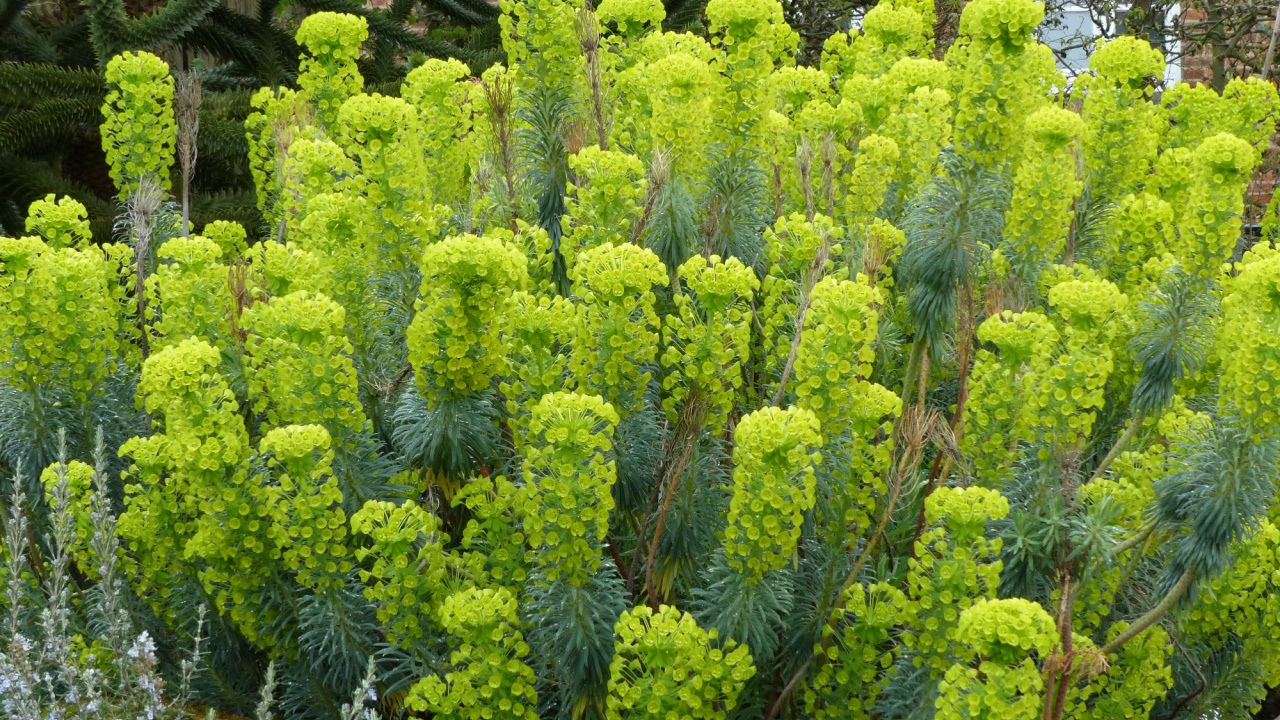
Many species of spurge contain a milky sap that can irritate the skin. The sap can cause redness, itching, and blistering. Spurge plants often have small, greenish flowers and grow low to the ground.
14. Mustard Plants

Some mustard plants, such as wild mustard and black mustard, can cause skin irritation in sensitive individuals. These plants have yellow flowers and grow in fields and along roadsides.
31 Ways to Boost Home Security: How to Fortify Your Fortress and Deter Burglars

We sadly live in a society where it’s all too common for criminals to want to take what we’ve worked hard to get. The results of a break-in are traumatic, too. Beyond just losing your stuff. Victims often feel violated, anxious, and unsafe, sometimes for years after the event.
Prevention is the best way to stay safe. And, while you shouldn’t have to turn your home into a fortress, that’s the stark reality of our world. But you can take plenty of simple steps to deter burglars and ensure your home is less attractive to would-be thieves.
25 Winter Foraging Foods to Save Money on Your Grocery Bill
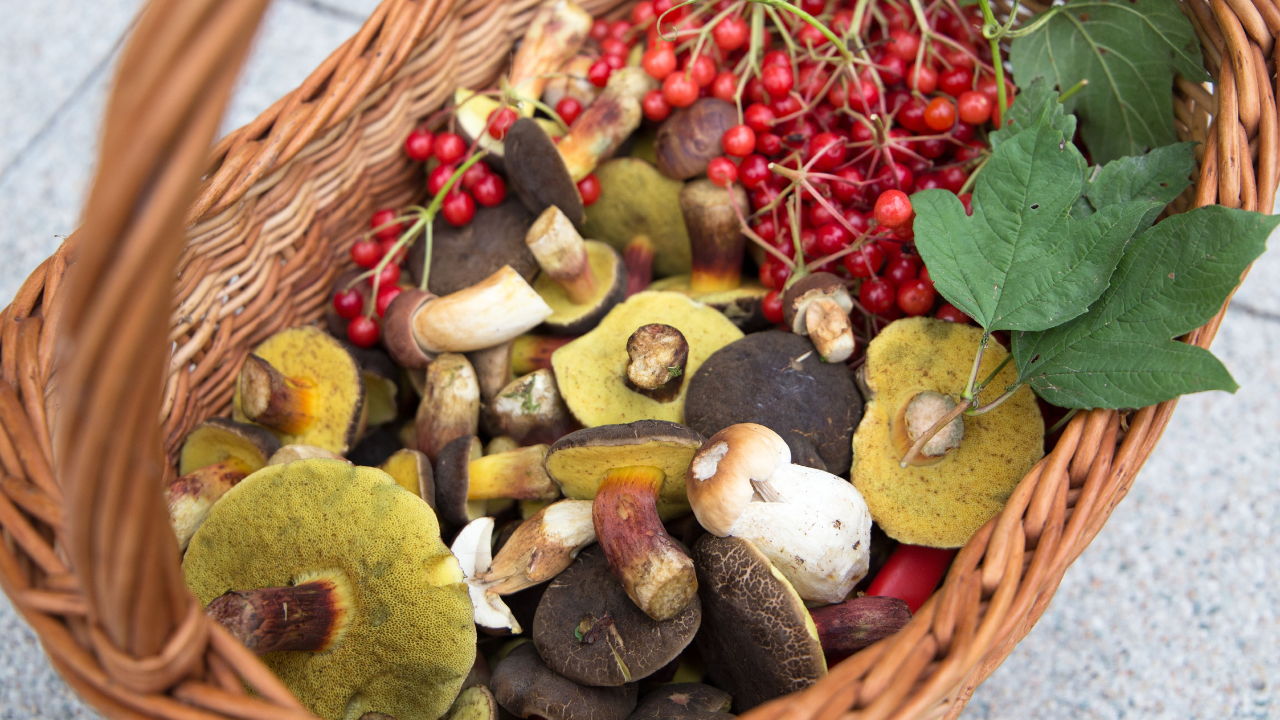
With food prices going up by 15% from October 2021 to October 2023, finding ways to cut down your grocery bills is more important than ever. Winter foraging is an awesome way to add to your pantry for free. Yes, you get free food in the form of wild edibles, but it’s also fun for the whole family, gets you moving, and reconnects you with nature.
Even though foraging in winter seems hard compared to the bounty of late summer, there’s still plenty out there if you know where to look. Plus, if things do go south, you need to know how to get wild foods to survive when there are no old-world supplies to access.
23 Smart Ways to Preserve Food
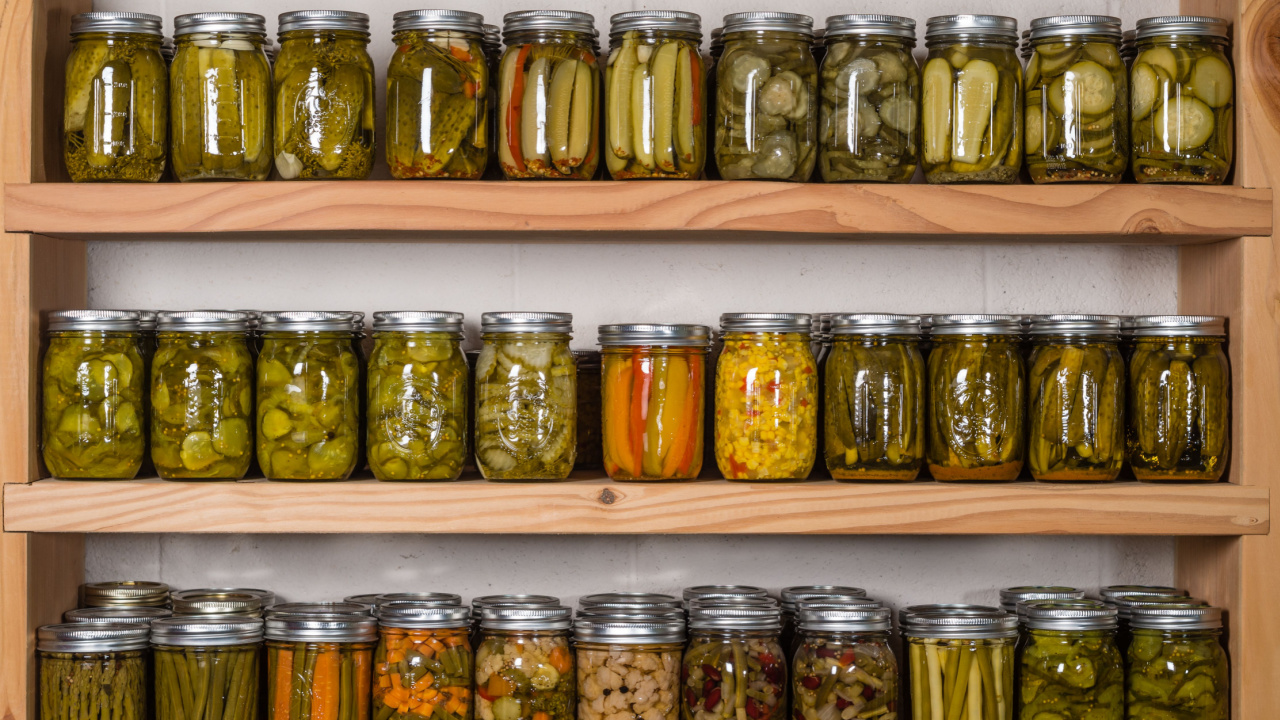
Preserving food is an art as much as it is a science, tapping into our ancestral roots and addressing modern needs. Whether you’re looking to avoid waste, prepare for leaner times, or simply enjoy the fruits of your labor year-round, these 23 smart methods will guide you through. I’m a huge fan of preserving things I find on sale, gluts of produce from my homestead, or produce I’ve bartered with someone else.
Katy Willis is a writer, lifelong homesteader, and master herbalist, master gardener, and canine nutritionist. Katy is a preparedness expert and modern homesteader practicing everyday preparedness, sustainability, and a holistic lifestyle.
She knows how important it is to be prepared for whatever life throws at you, because you just never know what's coming. And preparedness helps you give your family the best chance to thrive in any situation.
Katy is passionate about living naturally, growing food, keeping livestock, foraging, and making and using herbal remedies. Katy is an experienced herbalist and a member of the CMA (Complementary Medical Association).
Her preparedness skills go beyond just being "ready", she's ready to survive the initial disaster, and thrive afterward, too. She grows 100% organic food on roughly 15 acres and raises goats, chickens, and ducks. She also lovingly tends her orchard, where she grows many different fruit trees. And, because she likes to know exactly what she's feeding her family, she's a seasoned from-scratch cook and gluten-free baker.
Katy teaches foraging and environmental education classes, too, including self-sufficient living, modern homesteading, seed saving, and organic vegetable gardening.
Katy helps others learn forgotten skills, including basic survival skills and self-reliance.
She's been published on sites such as MSN, Angi, Home Advisor, Family Handyman, Wealth of Geeks, Readers Digest, and more.
